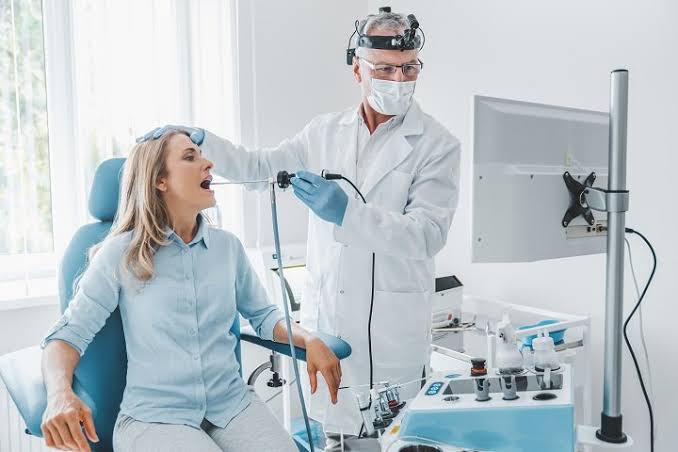Imagine walking into the office of a surprise allergist a century ago. There were no advanced machines or complex charts—just a simple chair and desk, dominated by an impressive brass ear trumpet. You’re stepping back into the early days of Otolaryngology, the medical specialty focused on the diagnosis and treatment of conditions affecting the ear, nose, and throat (ENT). This field boasts a rich history full of innovation, adaptation, and groundbreaking discoveries. Let’s explore the fascinating evolution and history of Otolaryngology.
The Birth of Otolaryngology
The journey of Otolaryngology began in the 19th century and holds the distinction of being the first medical specialty formally recognized in the United States. Early pioneers relied on basic tools but made remarkable progress in understanding ear, nose, and throat diseases. Their foundational work set the stage for the technological and clinical breakthroughs that would follow.
Innovation in the Early 20th Century
The early 1900s marked an era of rapid medical advancements. Otolaryngology embraced cutting-edge technologies such as the microscope and the laryngoscope, which allowed physicians unprecedented views into the delicate structures of the ear, nose, and throat. These innovations expanded diagnostic capabilities and led to significantly improved treatments for patients.
The Mid-Century Surge
Following World War II, the field experienced a surge in progress, fueled by new technologies and therapies. The introduction of antibiotics revolutionized the management of ENT infections, drastically reducing morbidity and mortality. Additionally, the development of endoscopic techniques transformed surgical practices, providing surgeons with magnified, clear views of targeted areas, thereby improving precision and outcomes.
The Modern Age of Otolaryngology
The late 20th century ushered in the technology-driven modern era of Otolaryngology. Innovations such as lasers, computed tomography (CT) scans, and magnetic resonance imaging (MRI) greatly enhanced diagnostic accuracy and expanded treatment options. These tools enabled minimally invasive procedures, faster recovery times, and improved patient care in ENT medicine.
The Future of Otolaryngology
As we advance further into the 21st century, Otolaryngology stands at the forefront of integrating cutting-edge technologies including genetic research, telemedicine, and Artificial Intelligence (AI). These innovations hold the promise of personalized treatments, earlier disease detection, and smarter clinical decision-making. The future of ENT medicine is bright, offering unprecedented opportunities to enhance patient outcomes and quality of life.
What began as a humble study of ear, nose, and throat conditions has evolved into a sophisticated and dynamic medical specialty. The history of Otolaryngology exemplifies human ingenuity, resilience, and the relentless pursuit of better healthcare solutions. Its journey continues to inspire new generations of clinicians and researchers worldwide.
Frequently Asked Questions (FAQs) About Otolaryngology
An Otolaryngologist, also known as an ENT (Ear, Nose, and Throat) doctor, specializes in the diagnosis and treatment of disorders related to the ear, nose, throat, head, and neck.
Otolaryngology was the first medical specialty officially recognized in the United States during the 19th century.
Important advancements include the introduction of the laryngoscope, microscope, antibiotics, endoscopic surgery, lasers, CT scans, and MRI technology.
AI is enhancing diagnostic precision, enabling personalized treatment plans, improving surgical navigation, and supporting telemedicine consultations in Otolaryngology.
Common conditions include hearing loss, sinus infections, throat cancers, sleep apnea, tonsillitis, and balance disorders.



